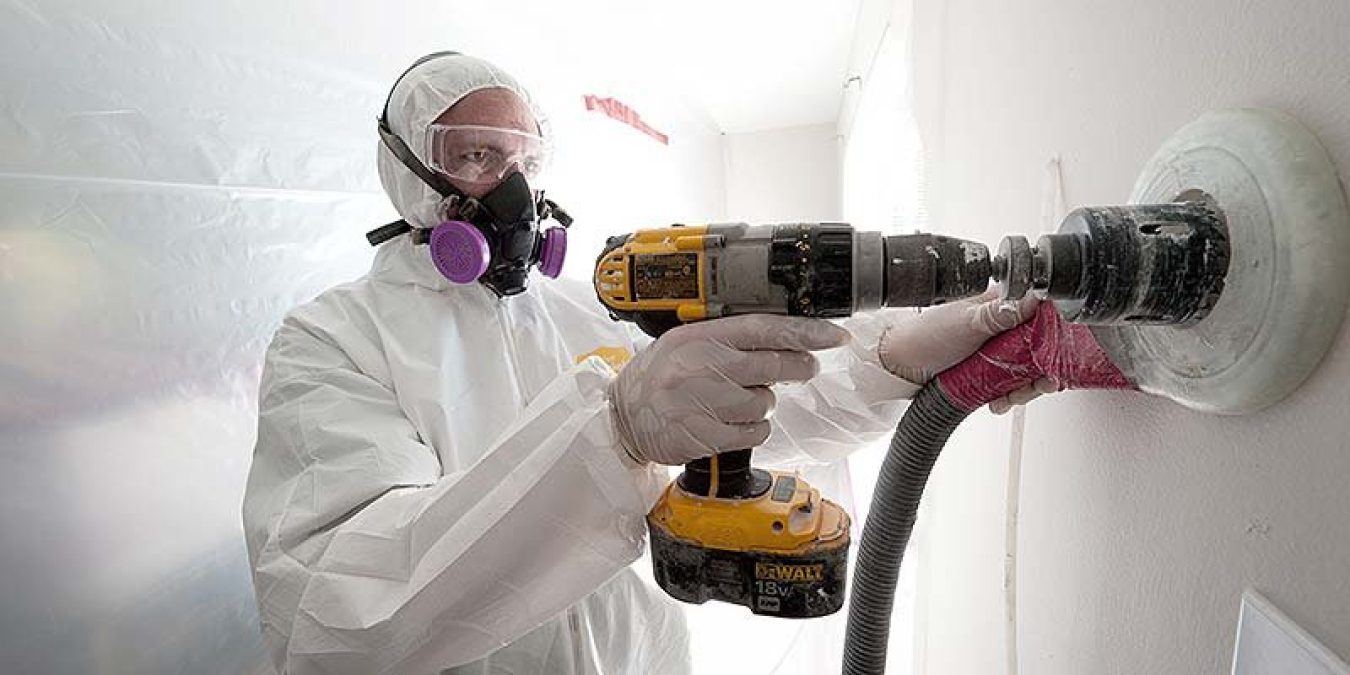
Introduction: Crafting a Cozy Home through DIY Weatherization
DIY home weatherization is a practical and cost-effective approach to enhance your living space’s comfort while reducing energy consumption. This article explores various DIY tips and techniques for weatherizing your home, creating a cozy haven for all seasons.
Sealing Drafts and Gaps
A key aspect of DIY home weatherization is identifying and sealing drafts and gaps. Start by inspecting windows and doors for any noticeable gaps. Use weatherstripping to seal gaps around windows and doors, preventing cold drafts from infiltrating your home. Additionally, apply caulk to seal any gaps around the window frames and door casings.
Insulating Windows and Doors
Windows and doors are common culprits for heat loss. Consider adding DIY insulation to windows by using heavy curtains or thermal blinds. For doors, install draft stoppers at the base to prevent cold air from creeping in. These simple, yet effective, solutions contribute significantly to retaining heat within your home.
Weatherizing Attics and Basements
Attics and basements are often overlooked in the weatherization process. Insulating your attic prevents warm air from escaping through the roof, and insulating basements helps maintain a more consistent temperature. DIY insulation options include fiberglass batts or blown-in insulation. Ensure proper ventilation to prevent moisture buildup.
Inspecting and Insulating Pipes
Cold weather can pose a threat to your plumbing. Inspect pipes for any signs of vulnerability, especially those located in unheated areas. Use pipe insulation or heat tape to safeguard pipes from freezing. This DIY step not only protects your plumbing but also conserves energy by maintaining water temperature.
Sealing Air Leaks in Ductwork
Ductwork can be a source of significant heat loss. Inspect your ducts for leaks and seal them using foil tape or mastic sealant. This DIY task enhances the efficiency of your heating system, ensuring that warm air reaches its intended destination without escaping through leaks in the ductwork.
Installing a Programmable Thermostat
A programmable thermostat is a valuable DIY addition to your home weatherization efforts. Set the thermostat to automatically lower the temperature when you’re away or asleep and raise it when you’re at home. This simple adjustment can lead to substantial energy savings without compromising comfort.
Maintaining Your Heating System
A well-maintained heating system is essential for efficient home weatherization. Replace air filters regularly, schedule professional inspections, and consider upgrading to a high-efficiency furnace. DIY tasks like bleeding radiators and ensuring proper ventilation contribute to a well-functioning heating system.
Addressing Fireplace Efficiency
Fireplaces, while charming, can be a source of heat loss. When not in use, keep the damper closed to prevent warm air from escaping and cold air from entering. Consider installing a fireplace insert or doors to increase efficiency. This DIY approach ensures that your fireplace adds warmth without compromising energy efficiency.
Utilizing Energy-Efficient Lighting
While focusing on insulation and temperature control, don’t overlook the role of lighting in energy consumption. Opt for energy-efficient LED bulbs, which not only reduce electricity usage but also emit less heat. This DIY switch contributes to a more sustainable and cost-effective approach to home weatherization.
Conclusion: A DIY Cozy Retreat All Year Round
DIY home weatherization is a proactive and empowering approach to creating a cozy home environment. By sealing drafts, insulating key areas, and optimizing your heating system, you not only enhance comfort but also reduce energy bills. Embrace the DIY spirit and transform your home into a cozy retreat for all seasons. Explore DIY home weatherization for additional tips and insights on creating a weatherized haven.
